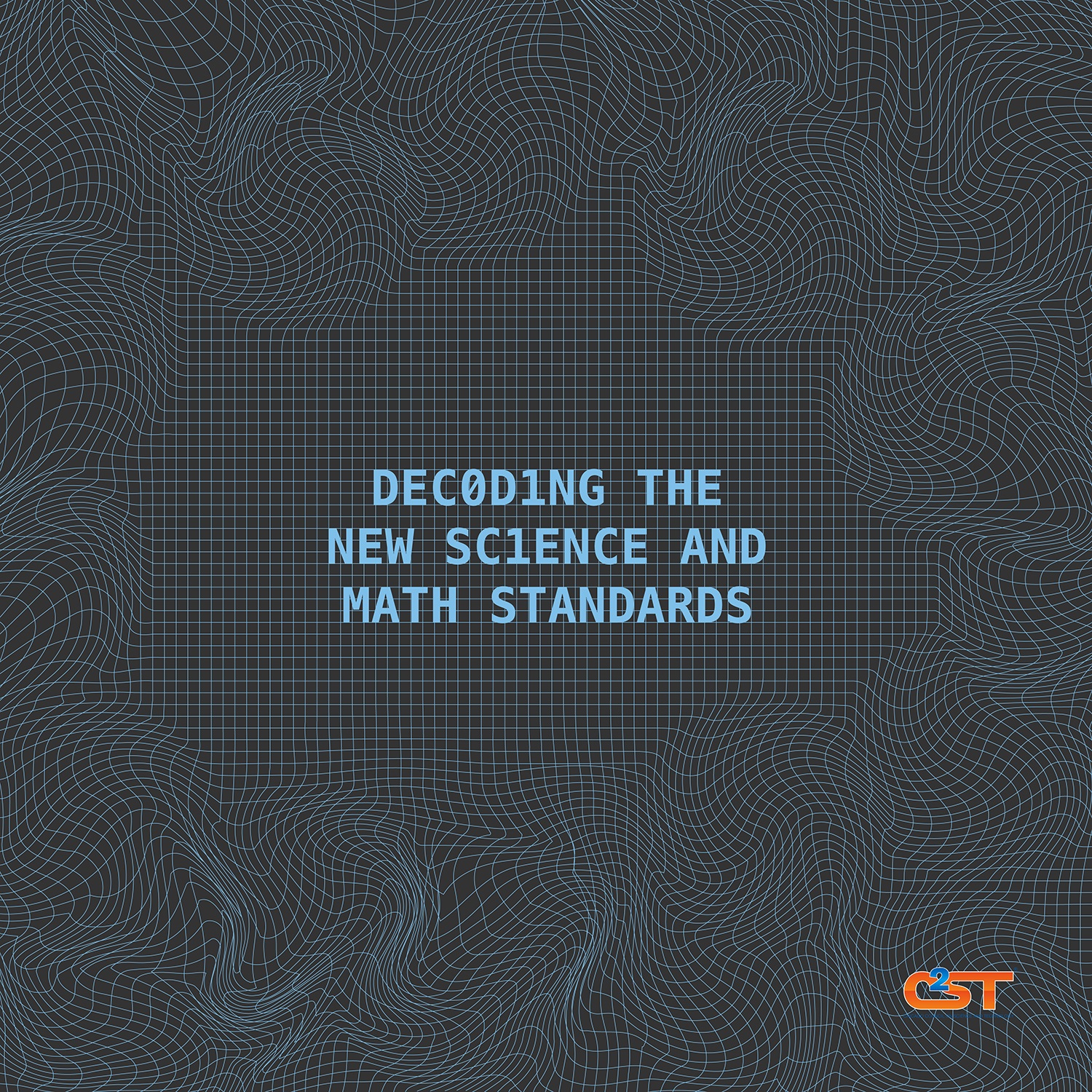Synopsis of Decoding the New Science and Math Standards

By Sally Whitaker
In recent years, there has been movement towards a common, centralized set of standards across the United States which has led to the implementation of the Common Core in 43 states. The emphasis of the Common Core is on math and literacy, which left a need for a set of science standards as well. This led to the development of the Next Generation Science Standards (NGSS), and together these standards are helping to shape modern education, while also spurring much debate over the goals and outcomes of education. Continue reading “Synopsis of Decoding the New Science and Math Standards”